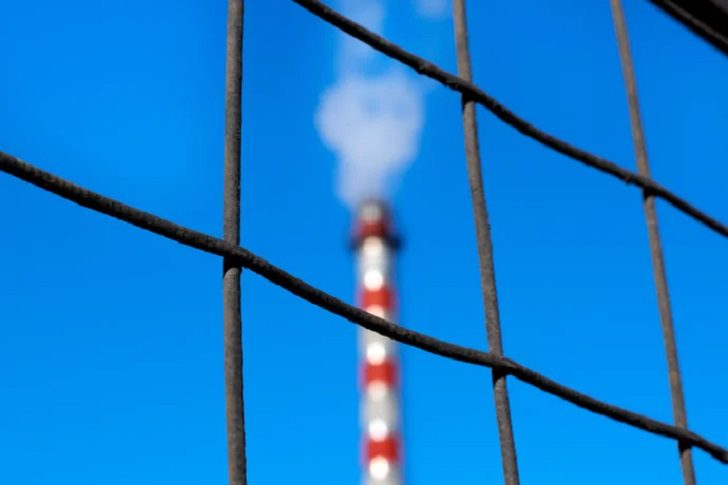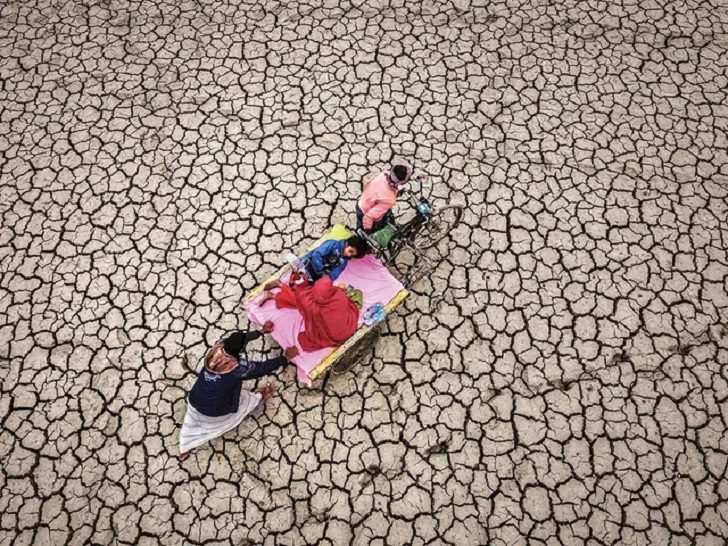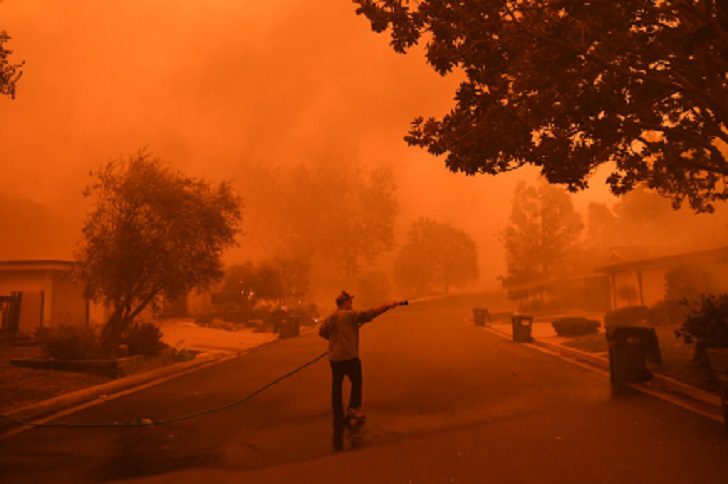We’ve seen in recent years that rising temperatures and extreme weather events can have a significant impact on people’s health all over the world.
Whether it’s an increase in water-borne diseases during the South Sudan floods, higher temperatures causing premature births in Australia, or the bread crisis faced by Syrian families after another year of conflict and failing crops, almost every climate story is also a health story.
According to the latest report from the UN Intergovernmental Panel on Climate Change, more than four out of ten people live in areas that are “highly vulnerable” to climate change (IPCC). Many people are already feeling the effects of climate change on their health, and without immediate action, these are only going to get worse.
Climate change affecting physical health

The impact of extreme weather events on our physical health is well documented. Every year, abnormally hot and cold temperatures cause more than 5 million deaths worldwide.
Wildfire air pollution has been linked to respiratory and cardiovascular disease. Fine particulate matter in the atmosphere caused at least 1.8 million deaths worldwide in 2019. Extreme heat and heat waves can cause heat stroke and exhaustion, as well as exacerbate chronic health conditions.
According to research, approximately 5,600 heat-related deaths occurred each year from 1997 to 2006 in 297 counties where more than 60% of Americans live. The Pacific Northwest heat wave of June 2021 resulted in 600 excess deaths in Washington and Oregon in just one week.
Floods, the most common natural disaster, result in injuries, drownings, and the spread of waterborne diseases. Floods, excluding the landslides that are frequently caused by them, affected over 74 million people worldwide in 2016. The list goes on and on.
Temperature-related impacts

Hotter days and more frequent and longer heat waves will result from higher average temperatures. These changes will result in an increase in heat-related deaths in the United States, potentially reaching thousands to tens of thousands more deaths per year by the end of the century during the summer months.
These deaths will not be compensated for by the smaller reduction in cold-related deaths expected during the winter months. Adaptive responses, such as increased use of air conditioning, are expected to mitigate the projected increases in death due to extreme heat.
Wildfires
Climate change is making many forests more vulnerable to wildfires and is expected to increase the frequency of wildfires in certain areas of the United States. Long periods of record-high temperatures are associated with droughts, which contribute to dry conditions and, in some areas, drive wildfires.
Wildfire smoke contains particulate matter, carbon monoxide, nitrogen oxides, and a variety of volatile organic compounds (ozone precursors), and it can significantly reduce air quality both locally and in areas downwind of fires.

Smoking increases respiratory and cardiovascular hospitalizations, emergency department visits, medication dispensing for asthma, bronchitis, chest pain, chronic obstructive pulmonary disease (COPD), respiratory infections, and medical visits for lung illnesses.
Based on an assessment of the global health risks from landscape fire smoke, it has also been linked to hundreds of thousands of deaths each year. Climate change is expected to increase wildfire risks and associated emissions, with negative health consequences.




